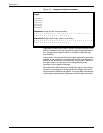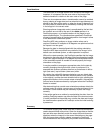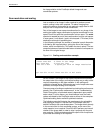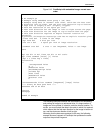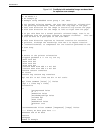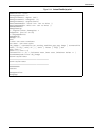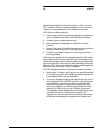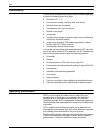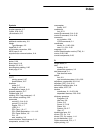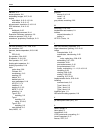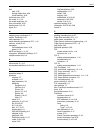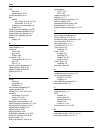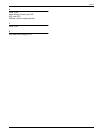
VIPP
3-2 XEROX DOCUPRINT NPS GUIDE TO USING PAGE DESCRIPTION LANGUAGES
Functionality
In native mode, an application program uses the following operators
to control how data is placed on a page:
• Orientation (P, L, I, J)
• Font selection (scaling, color/gray level, and outline)
• Absolute placement coordinates
• Text alignment (left, right, and center)
• Rotation to any angle
• Linespacing
• PostScript forms merge (several per page; may be produced by
virtually any PostScript emitter)
• Image merge (including TIFF header interpretation, scaling,
rotation, and CCITT Group 3 and 4).
• Decomposition Service forms merge.
In line mode, you must place a job description ticket (JDT) call at the
start of the data to initiate VIPP in line mode. The JDT describes the
layout of the printed job and includes the following operators:
• Orientation
• Margins
• Characters per line (CPI) and lines per page (LPI)
• Font selection (including automatic scaling to required CPI/LPI)
• Font indexing
• Automatic frame and zebra generation
• Form merge
• Page numbering
• Cycle form (printing of data multiple times with different forms)
• Cycle feed (printing of data multiple times on different paper).
Operating environment
VIPP is not a converter that takes source or other PDLs and
translates them to PostScript. It is contained in the PostScript
decomposer as a set of subroutines callable from within the
PostScript language. VIPP is independent of the printer and level of
PostScript being used, and supports the entire DocuPrint NPS family
of products.
VIPP is supplied as a PostScript prologue that is loaded into the
interpreter as part of startup. Each copy of the dictionary is licensed
to a particular printer and functions only on that printer.
DocuPrint NPS supplies a demonstration license that allows printing
of VIPP documents up to 200 pages in length, without a specific
printer license. A license is required for longer documents.



